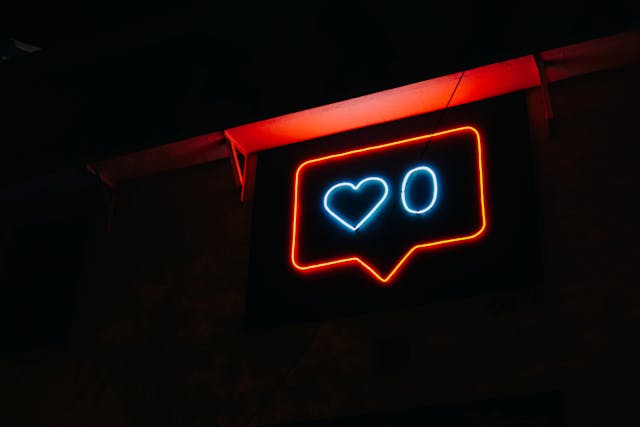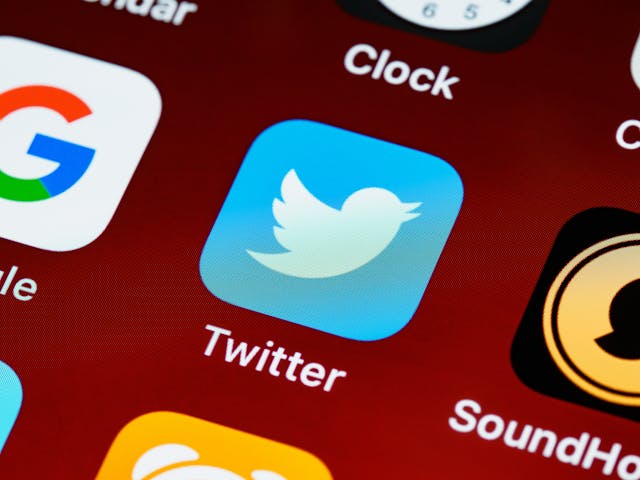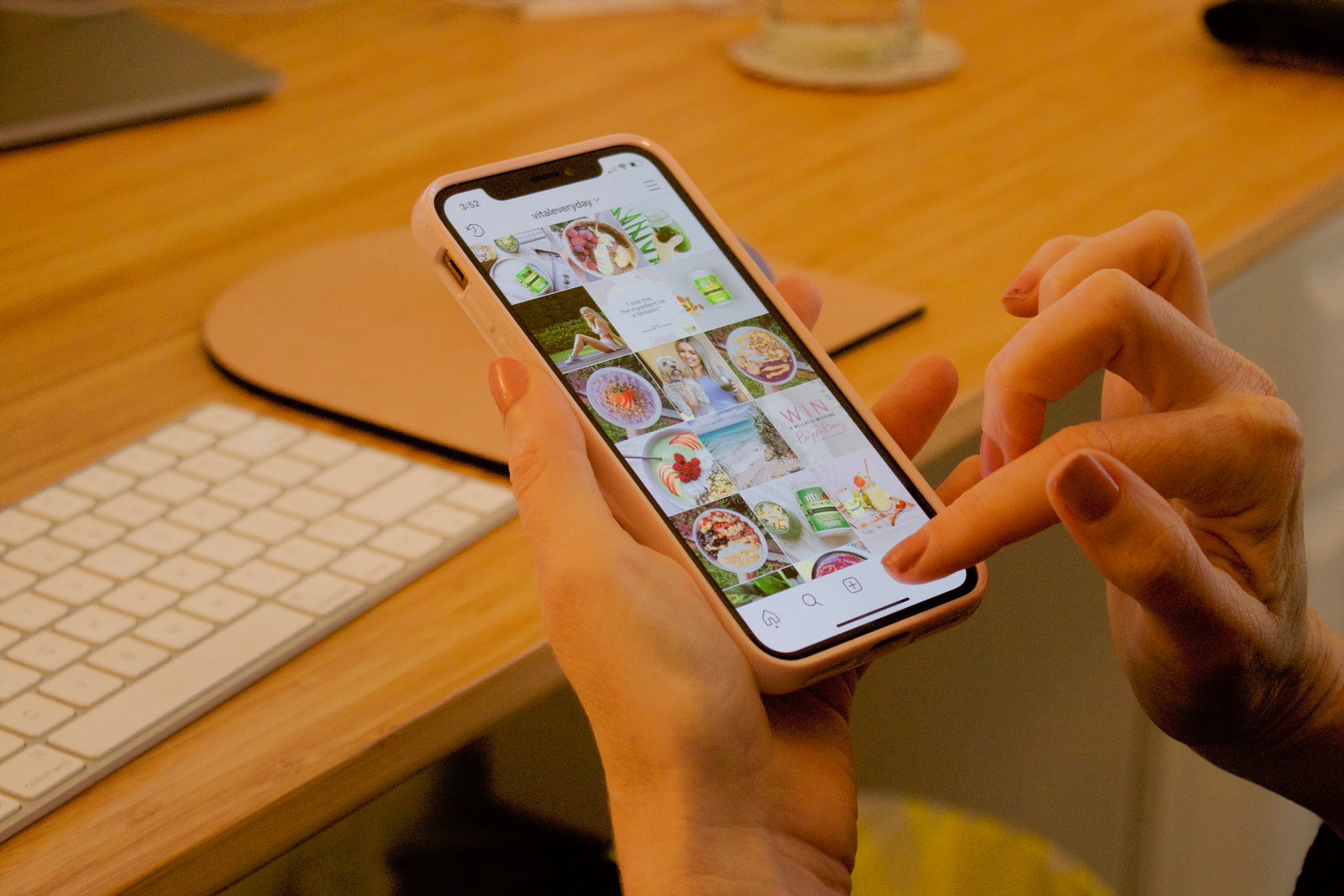Picking the right social media channel for your business is an important strategic decision. It can be tempting to say that you’ll be active on every social media platform — it can’t hurt, right?
Well, it just might. Trying to be active on every channel may be spreading you or your team too thin. It’s far better to concentrate your social media marketing efforts on two to three platforms that are best suited for your brand and business, than to attempt to conquer them all.
In this article, we’ll delve into the ins and outs of each social media platform, so that by the end, you should have a much better idea of where you should establish your brand presence.
The importance of social media marketing

Can you believe there was once a time where social media marketing was considered to be a “nice to have”? Those days are long gone. With around 5.17 billion people active on social media, using more than 6 social media networks per month, and spending more than two hours per day scrolling, it’s long been a must have.
In fact, not only does your business need to be on social media, your business needs to be good at social media. Countless businesses have built their entire customer base through social media, with others leveraging it to claim a larger share of the market.
Whether you’re a social media connoisseur, or you feel like you have absolutely no idea what you’re doing, it’s always good to learn more. For a more comprehensive dive into the world of social media, check out our Complete Guide to Social Media Marketing. Now, let’s help you pick out your platforms.
Finding the right social channel
Below, we’ve unpacked each social media channel, explained the kind of content that their users generate, and described the types of businesses that tend to do well on them.

Facebook, owned by Meta, has long held onto its crown as the top social media platform, boasting more than three billion monthly active users by the end of 2023.
With 93% of businesses active on Facebook, it’s a real hot spot for marketers. Even if Facebook doesn’t end up being your platform of choice, it’s a good idea to set up some kind of business page, as this will allow you to create ads on other Meta-owned platforms, like Instagram. You can target these ads to reach audience demographics with specific interests. This way, you can try to reach people that are more likely to be interested in your own brand and its products or services.
Facebook is particularly good for brands looking to build a community. You can use your page to share updates, engage in conversations with your audience, and build stronger customer relationships.
Main content types: Facebook allows you to distribute all kinds of content, from static posts, to short- and long-form videos, to live streams, text-only posts, etc.

Instagram, also owned by Meta, has more than two billion monthly active users.
It’s a great app for visual storytelling, making it an ideal platform for businesses in fashion, travel, food, photography, and so on.
The Instagram grid is a great place to promote products or services, or share major updates for your business. Serious stuff aside, it’s also a great place to share memes. If it’s relatable and it’s relevant to your brand, it’s likely to perform well among your followers.
Instagram stories are particularly powerful for connecting with your audience in a more casual way, showing them the behind the scenes of your business, talking to them through the camera, or engaging with them via polls and quizzes. Instagram Reels is an excellent method for extending your brand’s reach, creating engaging short form videos to educate, entertain, inspire, or inform your audience.
If your business sells products, then Instagram enables you to connect your product feed to the app, so that its users can purchase from you directly through Instagram. This quick and convenient sales channel can help you to find new customers that may eventually convert into long-standing brand advocates.
Main content types: Images, short and long form videos, and live streams.
TikTok

TikTok is one of the fastest growing social media apps, now hosting over one billion monthly active users.
Once known for its quick, trendy dancing videos for children, TikTok has now become so much more than that. Its audience has grown to cater to people of all ages, sharing anything from cooking tutorials, to educational videos on any subject, storytimes, podcast clips, funny trends, and so on. On TikTok, the content possibilities are pretty much endless.
The brands that have a little bit of fun with their TikTok accounts tend to do the best. Look at it as an opportunity to poke fun at yourself, hop on the trends, and watch your audience grow. Worry less about promoting your business, and more about establishing your brand.
Main content types: Initially founded on short-form video, the TikTok platform has grown to encompass longer-form videos of up to 10 minutes, as well as live streams, TikTok Shop, and more recently, photo carousels.
X

X, formerly Twitter, has around 550 million monthly active users.
You can think of X as the platform to talk and listen to your audience and customers.
As a primarily text-based platform — that also caters to image and video — it’s all about conversation. Every day, there will be some sort of topic that will dominate the timeline, which you can choose to join in on, or perhaps even start your own dialogue. Similarly to TikTok, humor works wonders on X, but so does educational content that can deliver some true value to your audience.
Main content types: Text-based posts, short-form video, and images.

On LinkedIn, around 48% of its one billion users are active each month.
LinkedIn is primarily known for being a professional networking platform. That means that if your business is B2B, LinkedIn may just be the best platform for you. Whether its a page for your actual business, or you’re looking to build a strong personal, yet professional brand, work-related content performs well here.
That’s not to say that people don’t enjoy some more of the personal moments shared on LinkedIn — in fact, they tend to get great engagement. But these moments are better shared in relation to your work, allowing your audience glimpses into a personal life. This allows you to maintain a professional relationship with your LinkedIn connections while also building something a little bit deeper and stronger.
Main content types: Mainly text-based posts that may feature images or video.
Repurpose your content
Once you’ve picked your social channel(s), don’t be afraid to repurpose your content for each.
That doesn’t mean you should just copy and paste your content over onto each platform. That’s not what we’re saying at all. Every piece of content you make should be catered to the specific platform you’re sharing it on. However, it doesn’t mean that you can’t repurpose.
That means taking an original piece of content, or concept, and distributing it in tailored ways across your social channels. Let’s break the fourth wall and use this blog as an example! If we were to distribute it on Instagram, we could turn it into a visually pleasing carousel that summarizes the main points. Then we could break it down into a talking video on TikTok, or ask our audience which channel they think is the best on X. We’ve actually decided that our best social channel is LinkedIn, so be sure to keep an eye out for our content over there.
If you’re looking for some more details about repurposing, check out our recent guide on the topic!
Enjoyed this blog? Don’t forget to check out the rest of Scribly’s blogs to brush up on your knowledge of content and social media marketing.



